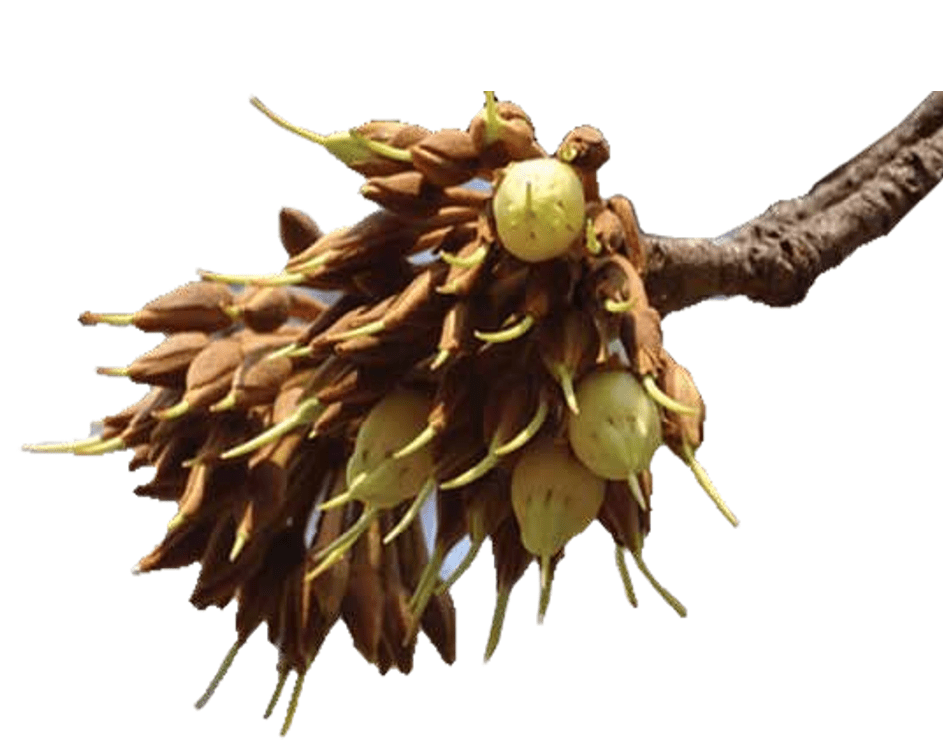
The world’s growing population demands increased food production, but conventional agricultural practices relying heavily on synthetic fertilizers and pesticides are proving unsustainable. These methods degrade soil health, pollute the environment, and contribute to climate change. Fortunately, a promising alternative lies in harnessing the power of agro beneficial microflora – the diverse community of microorganisms that form symbiotic relationships with plants, promoting their growth, health, and resilience.
The Microscopic Powerhouse: Understanding Agro Beneficial Microflora
Agro beneficial microflora encompasses a wide range of bacteria, fungi, and other microorganisms that reside in the soil and interact with plants in various ways. These interactions can be broadly categorized as:
- Plant Growth Promotion: Certain bacteria, such as nitrogen-fixing bacteria, can convert atmospheric nitrogen into a form that plants can use, reducing the need for synthetic nitrogen fertilizers. Other microbes can solubilize phosphorus and potassium, making these essential nutrients more accessible to plants. Some microorganisms produce phytohormones like auxins, cytokinins, and gibberellins, which regulate plant growth and development.
- Biocontrol: Beneficial microbes can protect plants from pathogens by competing for resources, producing antimicrobial compounds, or inducing systemic resistance in the plant. For example, Bacillus velezensis has gained popularity as a biocontrol agent due to its ability to inhibit the growth of plant pathogenic bacteria. Actinomycetes are another group of bacteria known for producing secondary metabolites with antimicrobial, insecticidal, and herbicidal activities. Yeasts, commonly found in the phyllosphere and rhizosphere, are also recognized as effective biocontrol agents against fungal plant pathogens.
Soil Health Improvement: Microorganisms play a crucial role in maintaining soil structure, nutrient cycling, and organic matter decomposition. They contribute to soil aggregation, improve water retention, and enhance the availability of nutrients for plant uptake. Biochar, a carbon-rich material produced from biomass pyrolysis, can further enhance these benefits by providing a habitat for beneficial microbes and improving soil properties.

Plant-Associated Ecological Zones
Future Aspects: Innovations and Opportunities
The future of agriculture lies in harnessing the full potential of agro beneficial microflora through innovative approaches:
- Metabolomics-Guided Microbial Applications: Metabolomics, the study of small molecules, can help us understand the chemical communication between plants and microbes in the rhizosphere. By identifying key metabolites involved in beneficial interactions, we can develop targeted strategies to promote plant resilience and improve crop yields.
- Multi-Omics Approaches: Integrating metagenomics, transcriptomics, proteomics, and metabolomics can provide a holistic understanding of plant-microbe interactions. This systems-level approach can reveal complex relationships, identify key microbial players, and optimize the use of beneficial microbes in agriculture.
- Biostimulants for Enhanced Stress Tolerance: Plant biostimulants, including microbial inoculants contain beneficial organic compounds, can enhance plant resilience to abiotic stresses such as drought, salinity, and extreme temperatures. These biostimulants can promote nutrient uptake, improve water use efficiency and reduce the negative impacts of stress on plant growth.
- Nano-biotechnology for Improved Delivery: Nano-particles and nano-materials can be used to deliver beneficial microbes and nutrients to plants in a targeted and efficient manner. This approach can enhance microbial shelf-life, improve nutrient use efficiency, and mitigate the negative effects of soil salinity.
Future Aspects: Innovations and Opportunities
The future of agriculture lies in harnessing the full potential of agro beneficial microflora through innovative approaches:
- Metabolomics-Guided Microbial Applications: Metabolomics, the study of small molecules, can help us understand the chemical communication between plants and microbes in the rhizosphere. By identifying key metabolites involved in beneficial interactions, we can develop targeted strategies to promote plant resilience and improve crop yields.
- Multi-Omics Approaches: Integrating metagenomics, transcriptomics, proteomics, and metabolomics can provide a holistic understanding of plant-microbe interactions. This systems-level approach can reveal complex relationships, identify key microbial players, and optimize the use of beneficial microbes in agriculture.
- Biostimulants for Enhanced Stress Tolerance: Plant biostimulants, including microbial inoculants contain beneficial organic compounds, can enhance plant resilience to abiotic stresses such as drought, salinity, and extreme temperatures. These biostimulants can promote nutrient uptake, improve water use efficiency and reduce the negative impacts of stress on plant growth.
- Nano-biotechnology for Improved Delivery: Nano-particles and nano-materials can be used to deliver beneficial microbes and nutrients to plants in a targeted and efficient manner. This approach can enhance microbial shelf-life, improve nutrient use efficiency, and mitigate the negative effects of soil salinity.

Plant-Microbe Interactions in Soil
- Rhizosphere Engineering: Modifying the rhizosphere environment through the application of specific root exudates or other compounds can attract and promote the colonization of beneficial microbes. This targeted approach can enhance plant growth, improve nutrient acquisition, and enhance resistance to diseases. Prebiotic seed coatings can enhance rhizosphere activity and crop productivity.
- Microbial Consortia: Utilizing a consortium of beneficial microbes, rather than a single strain, can provide a broader range of benefits to plants. Different microbes can perform complementary functions, such as nitrogen fixation, phosphate solubilization, and biocontrol, leading to synergistic effects and improved plant performance.
Challenges and Considerations
Despite the great potential of agro beneficial microflora, several challenges need to be addressed:
- Context Dependency: The efficacy of microbial inoculants can vary depending on environmental conditions, soil type, and plant genotype. Understanding these contextual factors is crucial for optimizing the application of beneficial microbes.
- Implementation Gap: Translating research findings into practical applications can be challenging. Overcoming this implementation gap requires effective communication, collaboration between researchers and farmers, and the development of user-friendly microbial products.
- Societal Perceptions: Public acceptance of microbial-based agricultural practices is essential for their widespread adoption. Addressing concerns about food safety and environmental impacts through transparent communication and education is crucial.
Conclusion
Agro beneficial microflora holds immense promise for creating sustainable and resilient agricultural systems. By harnessing the power of these microscopic allies, we can reduce our reliance on synthetic inputs, improve soil health, enhance plant growth, and ensure food security for future generations. Continued research, innovation, and collaboration are essential to unlock the full potential of agro beneficial microflora and create a more sustainable future for agriculture.



